Hubu Alley, Wuhan - Prix des billets, heures d'ouverture, emplacement et nourriture
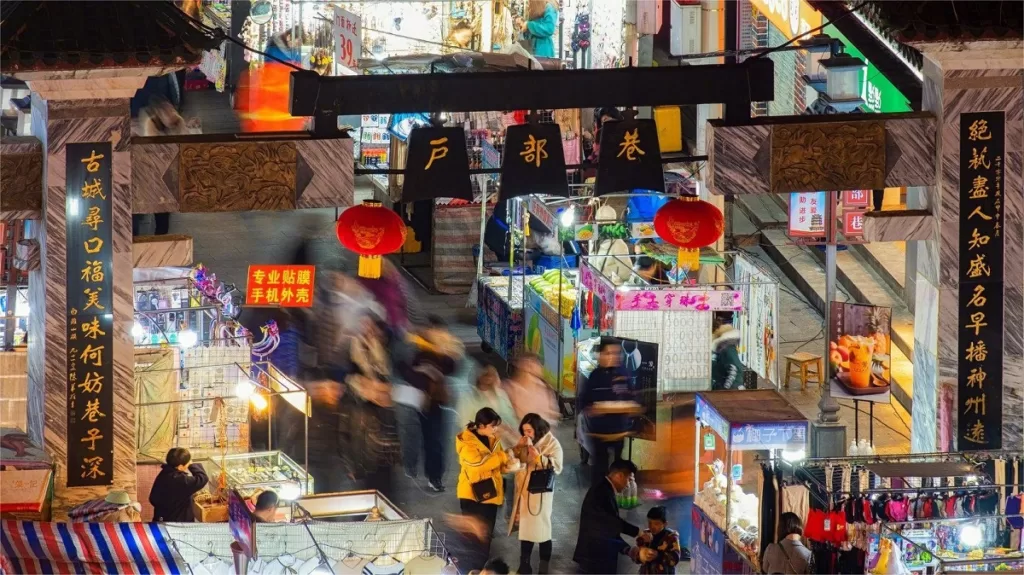

Hubu Alley (户部巷), also known as “Wuhan’s First Alley,” is a vibrant and culturally rich street in Wuhan, China, covering approximately 150 meters in length and 8 meters in width. This alley is a multifaceted hub that seamlessly combines elements of delicious cuisine, leisure, shopping, and entertainment, making it a beloved and iconic destination in the city.
The origins of Hubu Alley date back to the Ming Dynasty, and its name is derived from its proximity to the local government office, which can be likened to the Ministry of Revenue in the capital city. Folklore has it that “Taste Hubu Alley in the morning, and enjoy Jiqing Street in the evening,” highlighting the street’s reputation as a place of culinary delights. Over the centuries, it has evolved into a cultural and culinary gem that encapsulates the essence of Wuhan’s heritage.
Hubu Alley is an architectural tapestry consisting of unique snack stalls, multi-story buildings, a cultural promenade, artistic walls, and even a traditional stage for performances. There are a total of 340 business establishments, with 160 dedicated to snack-related ventures and an impressive array of 170 different dishes. This diversity makes Hubu Alley a symbol of Wuhan’s traditional breakfast culture and a nostalgic reflection of old Wuhan.
Table des matières
- Informations de base
- Localisation et transport
- Famous Food in Hubu Alley
- Vlog about Hubu Alley
- Attractions near Hubu Alley
Informations de base
| Durée estimée de la visite | 1 - 2 heures |
| Prix du billet | Gratuit |
| Heures d'ouverture | 6.00 – 24.00 |
| Numéro de téléphone | 0086-027-88859682 0086-027-88859685 |
Localisation et transport
Hubu Alley is located in the Wuchang District of Wuhan, Hubei Province, China. It can be found near the Simei Gate, serving as a connection between Minzhu Road and Ziyou Road. To provide a better geographical context, Hubu Alley is situated in the eastern vicinity of Shili Changjie (Liberation Road), with the magnificent Yangtze River to its west. To the south, it is in close proximity to the iconic Yellow Crane Tower, a renowned historical and cultural landmark. In the north, it seamlessly connects with Dufu Dike, a historical embankment. To get there, you can choose the following ways:
Bus : Take bus 66, 576, or 916 and get off at Zhonghua Road Dufudi Road Stop (中华路督抚堤路站), and walk about 150 meters to the south to reach the alley.
Métro : The closest metro station to Hubu Alley is Simenkou Yellow Crane Tower (司门口黄鹤楼站). After getting out of the station from Exit C, walk about 500 meters to the west to reach the alley.
Famous Food in Hubu Alley
Cai Lin Ji Hot Dry Noodles (蔡林记热干面)
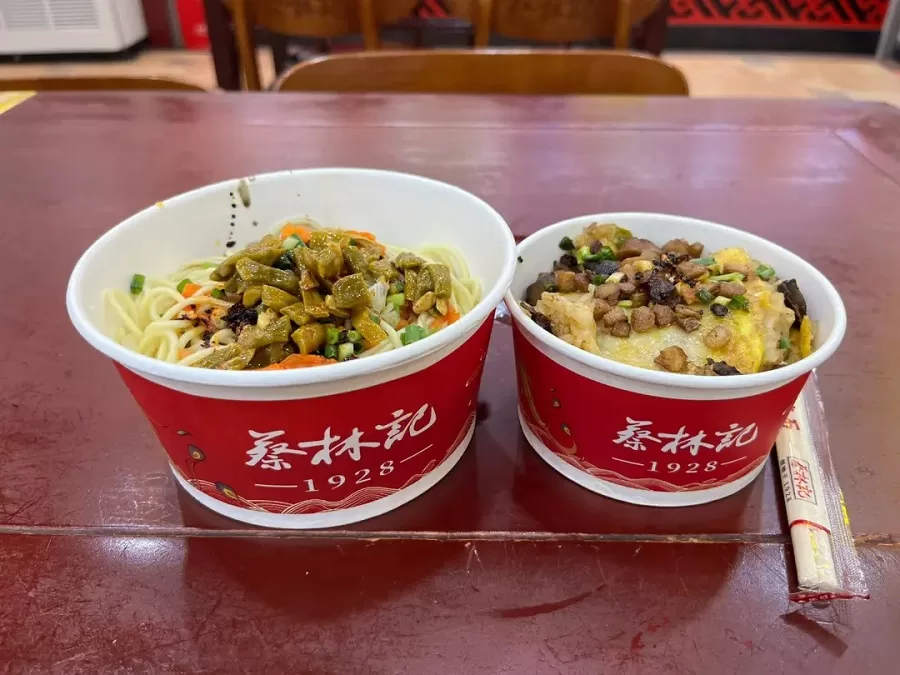
If you’re seeking the most authentic Wuhan-style hot dry noodles, look no further than Cai Lin Ji. These noodles are renowned for their perfect balance of softness and chewiness. The noodles are neither sticky nor overly firm, making them a delight to the palate. When you lift a bite with your chopsticks, you’ll savor the silky smoothness of the sesame sauce, which carries a tantalizing aroma. These noodles don’t come with any broth; instead, they swell and absorb the sauce upon cooking. The texture in your mouth is wonderfully glutinous, accentuating the original flavor of the noodles and the fragrance of sesame. The incorporation of ground sesame seeds into the sauce adds an enticing twist. With just a few bites, a bowl of Cai Lin Ji’s hot dry noodles disappears in no time.
Jiang Cheng Iron Plate Fried Rice (江城铁板炒饭)
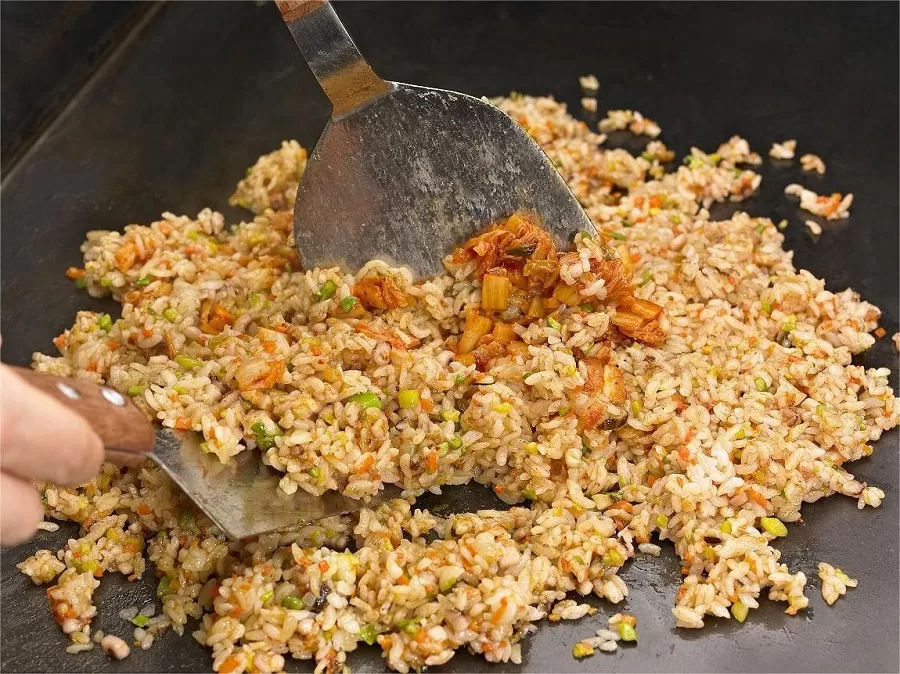
Jiang Cheng Iron Plate Fried Rice is a unique fusion of traditional Yangzhou fried rice with innovative twists. This dish features a medley of ingredients such as eggs, ham, corn, green peas, mushrooms, and beef. The rice is richly aromatic, each grain plump and flavorful, and the color is enticing. Despite the generous use of oil, it doesn’t feel greasy, making it an ideal choice for those looking to savor a quintessential Wuhan specialty.
Xie Jia Mian Wo (谢家面窝)

Mian Wo, a kind of fried dough, is an essential element of breakfast for the people of Wuhan. It originated from street vendors in Hankou during the Guangxu period of the Qing Dynasty. Xie Jia Mian Wo’s version of this delicacy is renowned for its crispy exterior and soft, fluffy interior. The golden-brown Mian Wo is prepared using high-quality rice, soybeans, and glutinous rice, and it’s typically filled with three pieces of crispy rice cake. The result is a delectable treat with a satisfying crunch.
Hubu Alley Three Fresh Bean Curd Skin (户部巷三鲜豆皮)
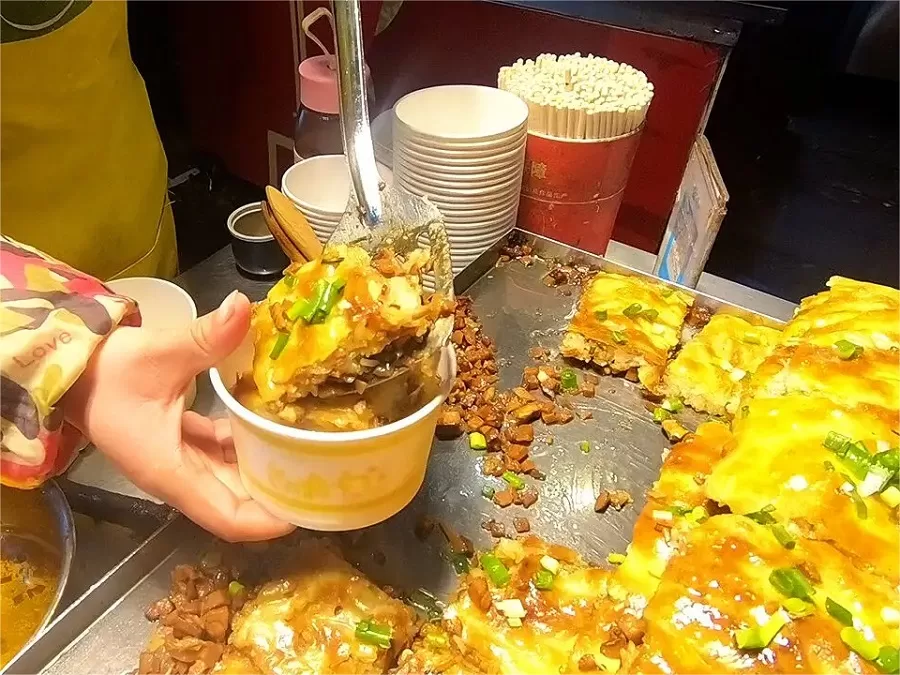
Bean curd skin, another popular Wuhan breakfast item, has deep historical roots. In the past, it was a festive delicacy prepared by mixing mung beans and rice to create a dough, which was then stretched and wrapped around glutinous rice and diced meat before being fried. Today, it’s a common breakfast choice, and Hubu Alley’s Three Fresh Bean Curd Skin is a standout. Its skin is crispy on the outside and tender inside, without being overly greasy. The filling is a combination of fresh meat, fresh eggs, and fresh shrimp, producing a mouthwatering aroma that entices your taste buds.
Wan Shi Rice Wine (万氏米酒)
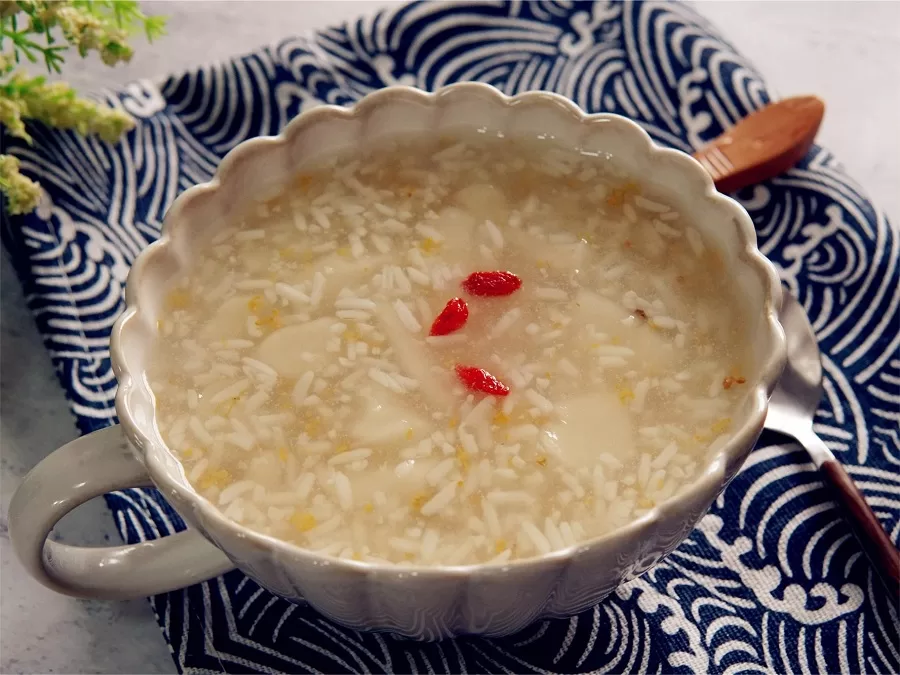
Wan Shi Rice Wine is a small establishment occupying just 10 square meters, yet it’s said to serve more than 300 bowls of rice wine in a day, consuming over 10 kilograms of fresh eggs. The rice wine at Wan Shi is made from high-quality glutinous rice, fermented using traditional methods. It is rich, sweet, and smooth, without the harsh bitterness associated with some rice wines. Drinking it is a delightful experience, and its unique flavor is an integral part of Wuhan’s culinary tradition.
Li Tao Shao Mai (李桃烧麦)
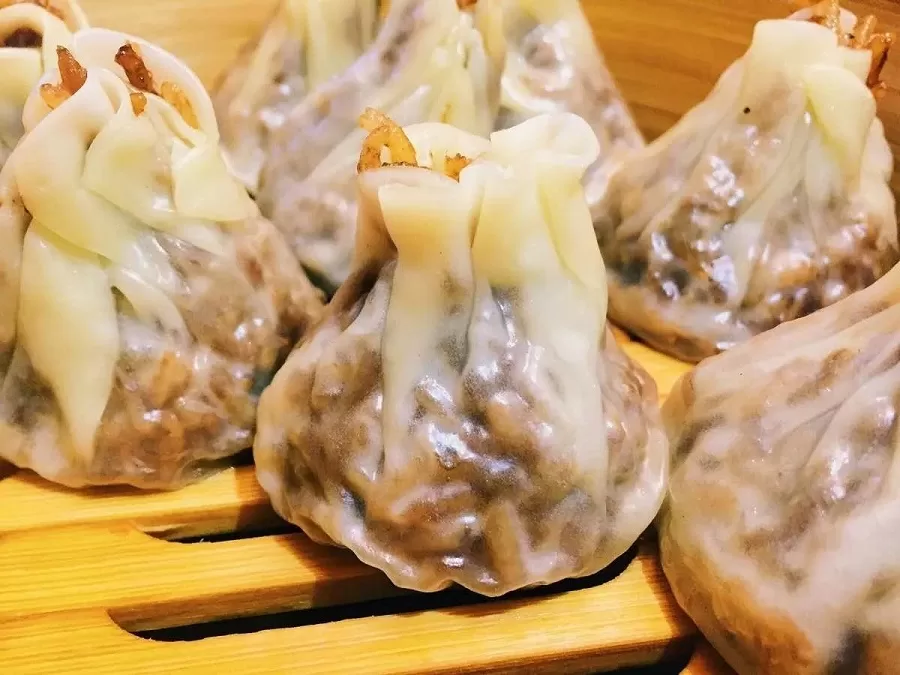
Li Tao Shao Mai perfectly combines traditional crafting techniques with contemporary taste preferences. The ingredients include premium flour, lean meat, shiitake mushrooms, and glutinous rice, and the entire process is meticulously done by hand. The result is a thin yet robust skin, generously filled, not overly greasy, and with a memorable taste that lingers on the palate.
Ya Li Oil Fragrance (亚俐油香)
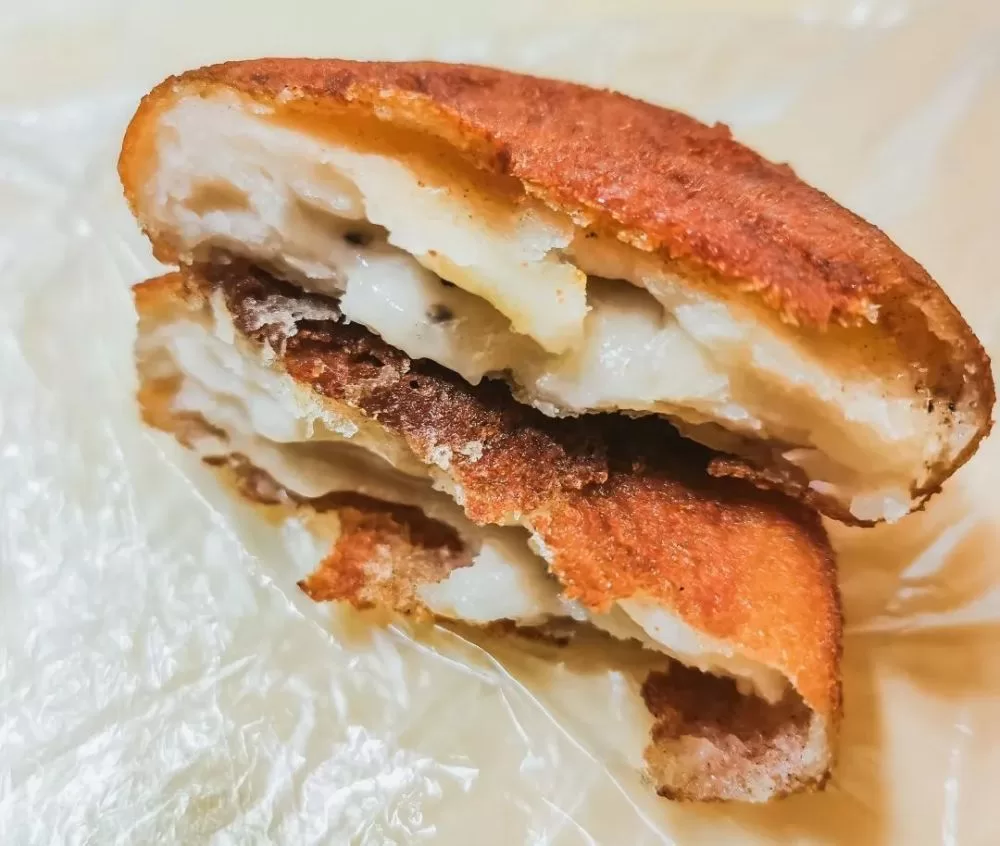
Oil Fragrance is a traditional Wuhan snack with a long history. It’s made from flour, hot water, and a filling of sesame, walnuts, and peanuts. The mixture is kneaded and flattened into round pancakes, which are then deep-fried in fragrant oil. The finished product has a golden-brown color, a crispy crust, a tender and flavorful interior, and a delightful aroma. This snack has an irresistible taste that captures the essence of Wuhan’s culinary heritage.
Vlog about Hubu Alley
Attractions near Hubu Alley

Wuhan Yangtze River Bridge – the First Bridge on Yangtze River
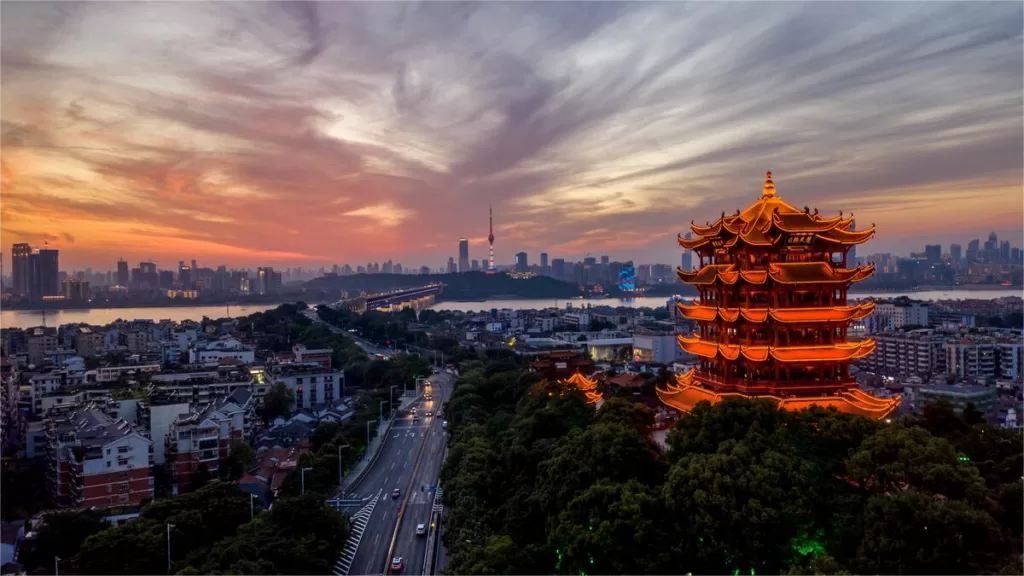
Yellow Crane Tower – One of the most famous tower in China

Tanhualin Street – Museum of Buildings

Xinhai Revolution Museum – A journey through 1911

Changchun Taoist Temple – A temple dedicated to Qiu Chuji

Shouyi Square – In memorial of Xinhai Revolution
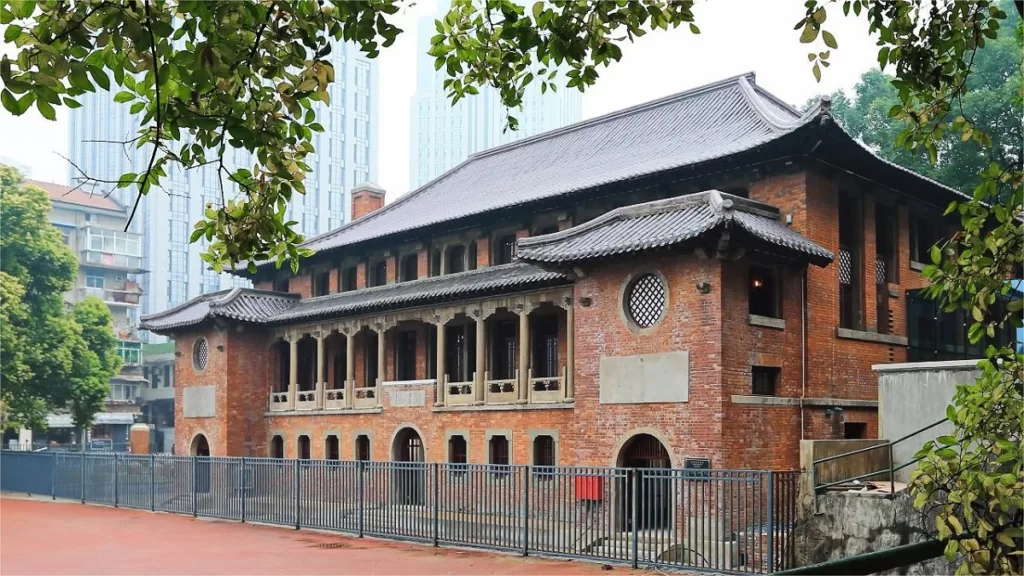
James Jackson Museum – In honor of Wenhua University’s first president

Wuhan Revolutionary Museum – A record of Chinese Communist Party
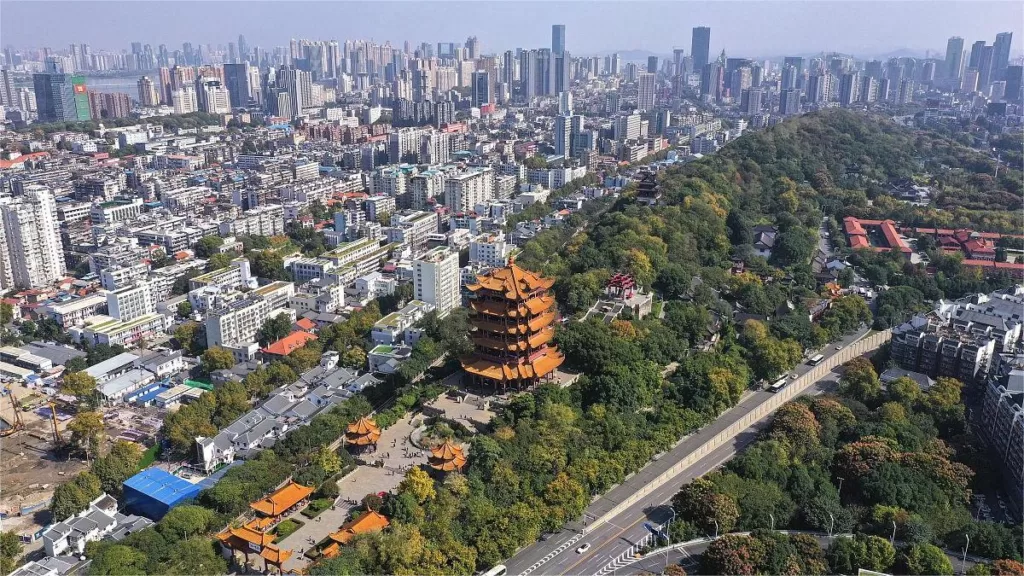
Snake Hill – A hub of historical attractions
La vie locale dans le Hubei, Attractions de Wuhan